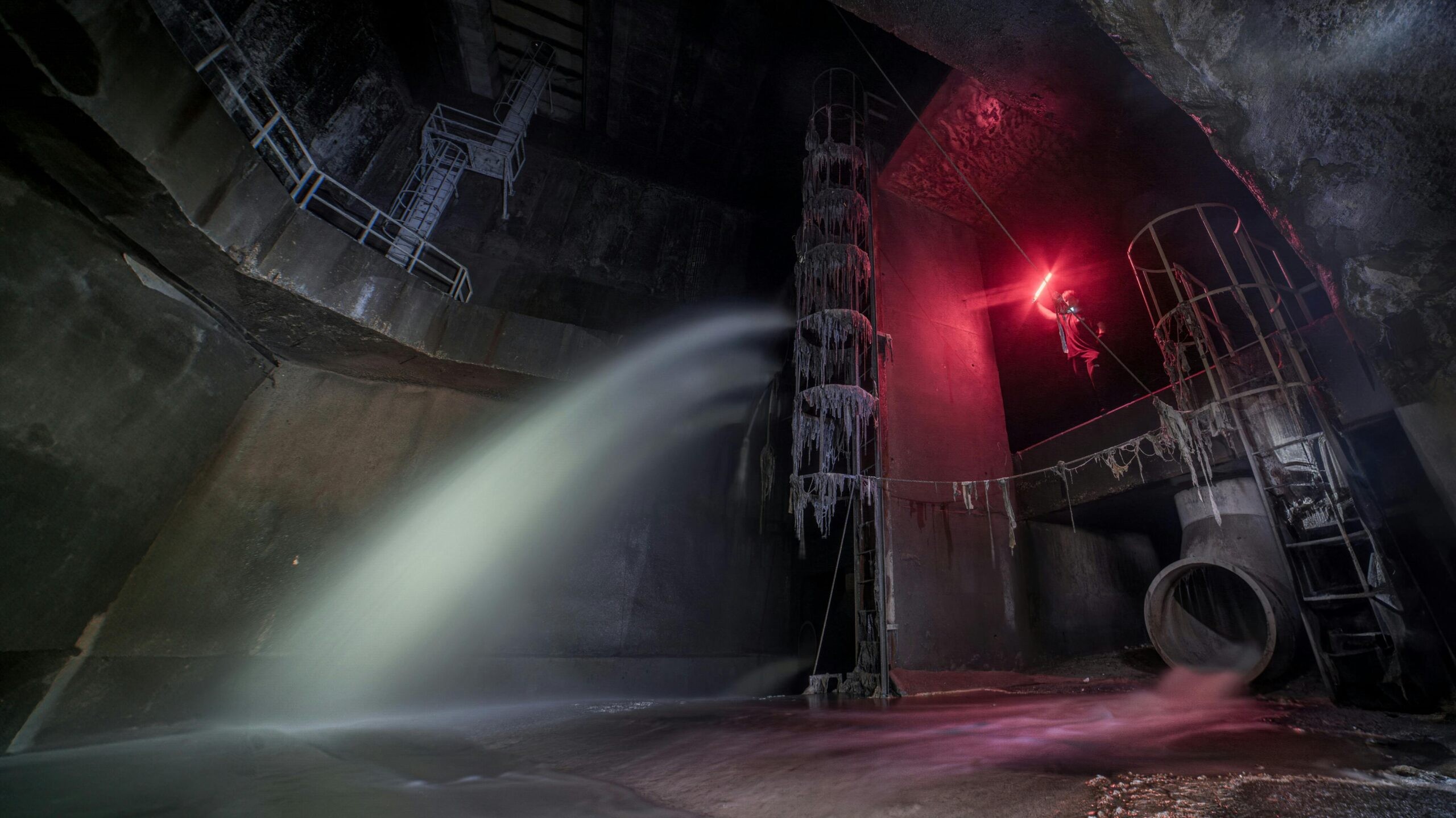Trenchless sewer repair is an advanced plumbing technology designed to address problems with underground sewer pipes without the extensive digging traditionally required. This method has become increasingly important for New Jersey plumbing needs, offering efficient and less disruptive solutions for sewer pipe replacement and sewer maintenance. Understanding trenchless sewer repair methods provides insight into modern practices that benefit both residential and commercial properties in the region.
Key Takeaways
- Trenchless sewer repair minimizes excavation, reducing property damage and restoration costs.
- Two primary methods include pipe bursting and cured-in-place pipe (CIPP) lining.
- Trenchless techniques provide faster repairs with less disruption to homes and businesses.
- Not all sewer line issues are suitable for trenchless repair; comprehensive inspection is necessary.
- Ongoing sewer maintenance helps extend the lifespan of repaired pipes and prevents future problems.
Introduction
Sewer systems play a critical role in managing wastewater for residential and commercial properties. Over time, these underground pipes may deteriorate due to age, corrosion, root intrusion, shifting soil, or blockages. When problems arise, sewer pipe replacement or repair is essential to restore proper function and prevent health or environmental hazards. Traditional repair methods typically involve extensive trench excavation, causing significant disruption and higher costs. Trenchless sewer repair methods emerged as innovative alternatives that reduce the need for open trenches, improving restoration time and preserving landscaping and infrastructure. This modern plumbing technology is especially relevant for New Jersey plumbing services due to the variety of soil conditions and urban settings faced in the state.
Main Content
Definitions and Methods of Trenchless Sewer Repair
Trenchless sewer repair encompasses techniques that allow damaged sewer lines to be fixed or replaced without the need for extensive excavation trenches. Instead, access points are created at the ends of the pipe or at strategically located cleanouts, minimizing surface disruption. The two most common trenchless methods are:
- Pipe Bursting: In this method, a small entry hole is dug to insert a bursting head that breaks apart the existing damaged pipe while simultaneously pulling a new pipe into place. This technique replaces the damaged pipe fully by fracturing the old one outward into the surrounding soil.
- Cured-in-Place Pipe (CIPP) Lining: Also known as pipe lining, this method inserts a flexible resin-coated liner inside the existing damaged pipe. Once inflated and cured, typically with heat or UV light, it forms a new pipe within the old one, sealing cracks and restoring structural integrity without pipe removal.
Examples and Applications of Trenchless Technology in New Jersey Plumbing
Trenchless sewer repair is widely applied in scenarios where minimizing surface disruption is critical. Examples include:
- Residential Properties: Homes with landscaped yards, driveways, patios, or sidewalks benefit from trenchless methods to avoid costly restoration work after sewer repairs.
- Commercial Properties: Businesses in urban settings require fast and less disruptive sewer maintenance to minimize downtime and avoid interruption to operations.
- Municipal Infrastructure: Cities and towns often utilize trenchless repair for sewer main rehabilitation due to limited space and the high cost of road excavation.
Market Context and Advantages of Trenchless Sewer Repair
The demand for trenchless sewer repair methods has increased alongside rising urbanization and the need to preserve existing infrastructure. Innovations in plumbing technology offer cost-effective solutions with multiple advantages, such as:
- Reduced Excavation and Restoration Costs: Limiting the need for digging reduces labor, time, and materials related to landscaping or paving repairs.
- Shorter Project Duration: Repairs often complete in a fraction of the time required for traditional methods, lessening inconvenience.
- Environmental Benefits: Less soil disturbance and reduced waste generation contribute positively to local ecosystems.
- Enhanced Pipe Durability: Trenchless liners often extend the lifespan of sewer lines beyond their original design.
Risks and Limitations
While trenchless sewer repair presents many benefits, it is not universally applicable. Limitations and risks include:
- Extent of Pipe Damage: Severely collapsed or misaligned pipes may require traditional excavation and replacement.
- Pipe Diameter Constraints: Certain trenchless equipment is limited by pipe size and configuration.
- Root Intrusion and Obstructions: Extensive blockage may need initial clearing before trenchless repair is feasible.
- Access Points: Sufficient access to pipe ends or cleanouts is required, which may not always be available.
Best Practices for Sewer Maintenance to Support Trenchless Repair Longevity
Regular sewer maintenance is essential for prolonging the usefulness of trenchless repairs and preventing emergencies. Recommended practices include:
- Periodic sewer inspections using video cameras to detect early signs of deterioration or damage.
- Routine cleaning to remove grease buildup, roots, and debris that can compromise pipe integrity.
- Promptly addressing minor leaks before they escalate into more significant problems.
- Ensuring proper use of sewer systems by avoiding flushing non-degradable materials or harmful chemicals.
Summary
Trenchless sewer repair methods offer transformative benefits to sewer pipe replacement and sewer maintenance, especially in densely populated or developed areas such as those throughout New Jersey. By leveraging innovative plumbing technology, these methods reduce damage, expedite repairs, and extend the life of sewer systems. While not suitable for every situation, trenchless techniques represent a significant advancement in modern plumbing solutions that support sustainable infrastructure management.
For more detailed information on trenchless sewer repair services and to explore suitable options for specific needs, consider consulting with experienced professionals specializing in New Jersey plumbing systems.

Recent Comments